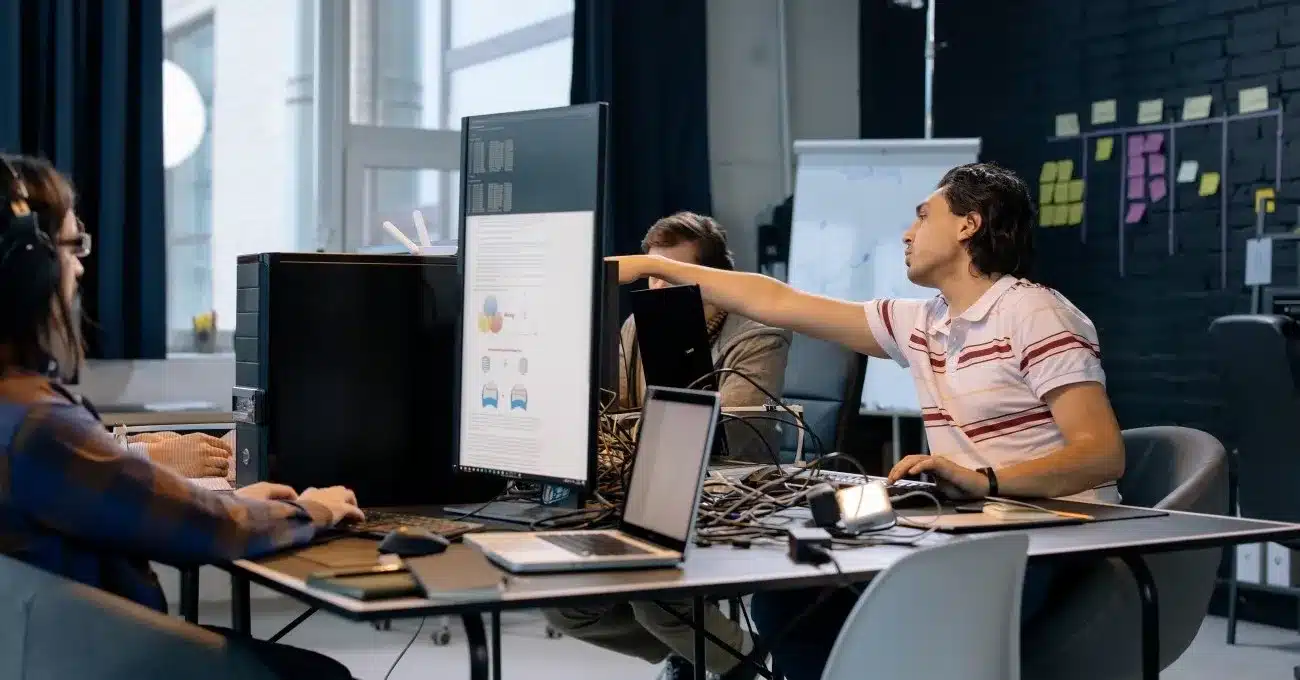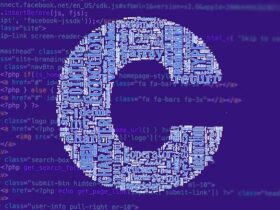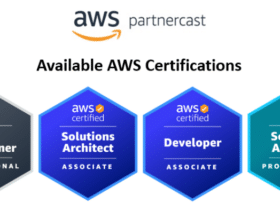In the vast realm of computer programming, a hidden world of unconventional languages exists, challenging the very essence of coding. These esoteric languages transform programming into an art form, pushing boundaries and sparking creativity.
From code that reads like Shakespeare to languages using only whitespace, these quirky creations offer a fresh perspective on what’s possible.
Discover five mind-bending esoteric languages that might just revolutionize your approach to programming and problem-solving. Prepare to embark on a journey through the looking glass of coding.
Brainfuck
Brainfuck burst onto the scene in 1993, turning heads with its wild simplicity. This programming language uses just eight symbols to control memory. Don’t let its bare-bones look fool you – it’s as powerful as any other language out there!
Want a brain workout? Try Brainfuck! It’ll push your problem-solving skills to the limit. You’ll need to think outside the box to make even simple programs work.
Programmers love Brainfuck for its stripped-down approach. It shows how much you can do with so little. It’s like solving a puzzle with only a handful of pieces.
Curious about minimal coding? Brainfuck is your go-to language. It’s a fun way to challenge yourself and learn new coding tricks. Give it a shot – you might be surprised at what you can create!
Shakespeare
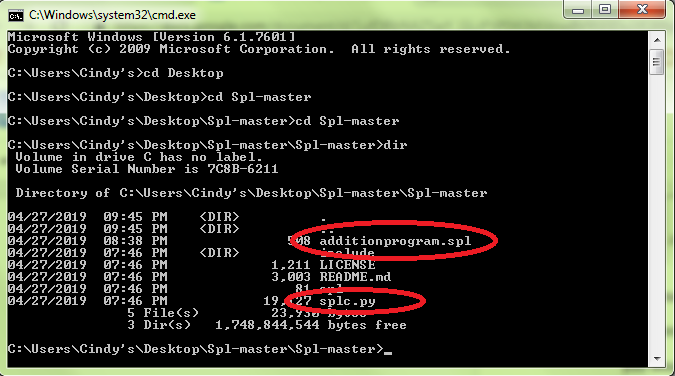
Shakespeare programming language turns coding into a fun play. It’s like writing a story with your code! Variables become characters, and operations are like dialogues. You write programs as if you’re creating a play with acts and scenes. This cool way of coding makes you think differently. It mixes programming with creativity. You’ll learn how coding can be artistic and exciting!
Try it out! You might surprise yourself with how much fun coding can be when it’s like writing a play. It’s a great way to learn programming basics while being creative. Plus, it could help you understand Shakespeare’s works better. Who knows, you might even write the next big hit in both tech and theater!
Piet

Piet is a cool coding language that turns programs into colorful art. It’s named after Piet Mondrian, a famous Dutch painter. Instead of typing words, you use bright pixels to write code.
Each color change tells the computer what to do. It’s like making a rainbow puzzle that can solve math problems! Piet shows us that coding can be fun and artistic. It’s a fresh way to think about how we talk to computers.
Who knew programming could look so pretty?
Whitespace
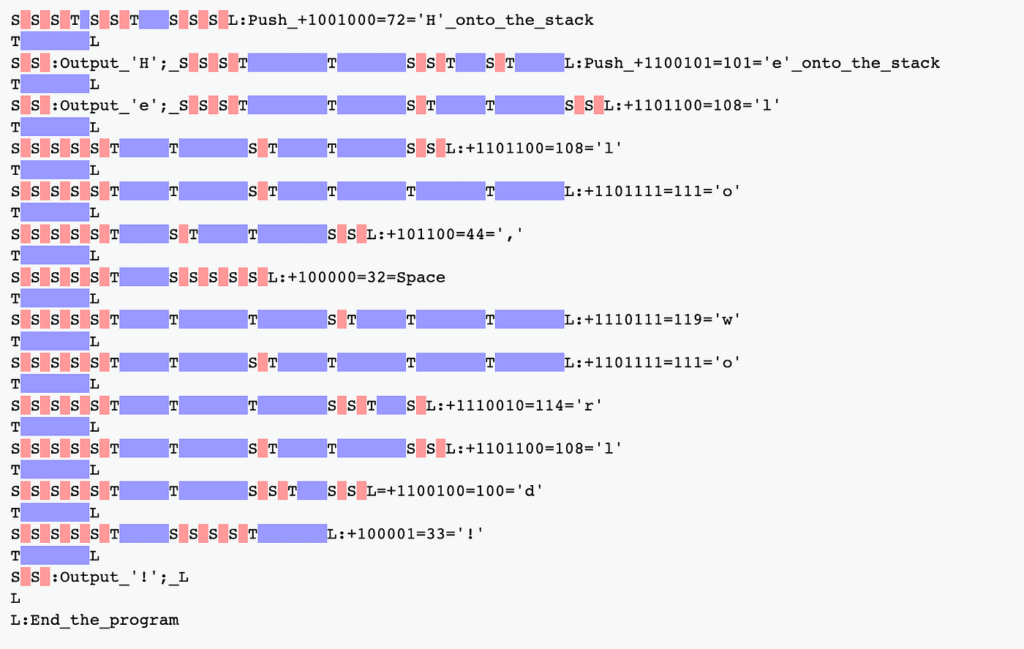
Whitespace is a unique coding language that uses only spaces, tabs, and line breaks. Unlike colorful languages like Piet, Whitespace is invisible! This makes it tricky to read but helps you focus on the logic behind your code.
Think of Whitespace as a secret code. You can’t see it, but it’s there. It’s like writing a message with invisible ink. This sneaky approach makes you think differently about how to build programs.
By using just three hidden characters, Whitespace strips away all the fancy stuff. It’s like solving a puzzle with your eyes closed. You have to use your brain in new ways to make it work.
Learning Whitespace can sharpen your coding skills. It teaches you to think outside the box and solve problems creatively. Plus, it’s a fun challenge for programmers who want to try something totally different!
Befunge
Befunge is a cool programming language that’s different from the rest. It’s like a puzzle where your code moves around on a grid. You use simple letters and symbols to tell the computer what to do. It’s fun because you can change your program while it’s running!
This language makes you think in new ways. Instead of writing code in straight lines, you can make it zig-zag or loop around. It’s like drawing a picture with your instructions.
Befunge is great for learning how computers work. It shows you how programs can be more than just a list of steps. You can create wild and wacky programs that look nothing like normal code.
Try Befunge if you want to stretch your brain and see programming in a whole new light. It’s a playful way to learn about computers and get creative with code.









